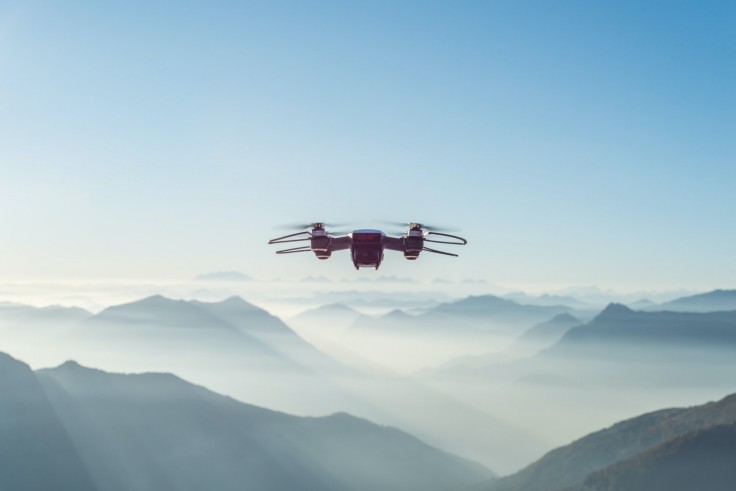
A solar-powered, stratosphere soaring drone that can fly at an altitude of 70,000 feet for 20 months straight has been developed by British aeronautic and defense company BAE Systems.
The drone, PHASA-35, is set to be used as an alternative to low Earth orbit satellites. BAE Systems built PHASA-35 from its "factory of the future" in Warton, Lancashire.
According to a Daily Mail report, the drone has a 15-kilogram payload capacity, allowing it to take cameras, sensors, and communications equipment to connect people in remote locations, or provide Internet access during a natural emergency or disaster.
BAE Systems revealed the drone will officially roll out by 2025, allowing affordable alternative satellite functionality.
Solar-Powered Drone Can Act as Crucial Military Communications Backup
A crucial use for the drone is for military operations, wherein PHASA-35 can act as a communications backup for ground troops or pilots if their systems break down, The Sun noted in a report. Staying in the stratosphere in the absence of satellites, the PHASA-35 can act as a communications relay between military troops, BAE Systems claimed.
The High-Altitude Long Endurance (HALE) drone will be utilized to offer high-quality imagery of terrestrial locations, as well as provide security, monitoring, surveillance, and communications capabilities, Drone DJ shared. These range from the surveillance of forest areas to spot and control forest fires to offering Internet access to remote areas.
In emergencies or disasters, or the unavailability, absence or destruction of a satellite, the PHASA-35 can also act as a back-up to relay critical information between ground stations or airborne planes.
Solar-Powered Drone an Alternative to Satellites in Offering Disaster Relief and Other Uses
BAE said in a statement published by Drone DJ that the PHASA-35 will offer "military and commercial customers with capabilities that are not currently available from existing air and space platforms." Leveraging on 5G and other wireless innovations, the PHASA-35 will become an affordable alternative to traditional satellites in providing disaster relief, environmental surveillance, border protection services and mobile Internet communications.
Its payload design would allow a "large and varied range of sensor capabilities" that can be upgraded as technology advances. It also provides "an extreme level of persistent coverage over a fixed target area"
The 35-meter drone can stay in stratospheric deployment for up to 12 months without returning to land. It harnesses the power of the Sun to source the electricity it needs to remain in operation throughout its one-year stay in 70,000 feet above the Earth. The drone has rechargeable cells that would let it power the unit during the night.
The drone had a test flight last year in Australia after a development period of two years, the Daily Mail further reported.
Solar-Powered Drone Being Readied for Milestone Stratospheric Test Flight
BAE Systems is preparing for the drone's first stratospheric flight in the US this summer, which is an important milestone that should bring the PHASA-35 closer to its grand roll-out, the Daily Mail said.
Launching the drone might be tricky as it requires favorable weather conditions, and landing it could be problematic due to the absence of landing gear.
BAE Systems claimed this would not be a problem as they could send as many drones as possible to create "a parking lot in the sky" making them standby until they are needed.









